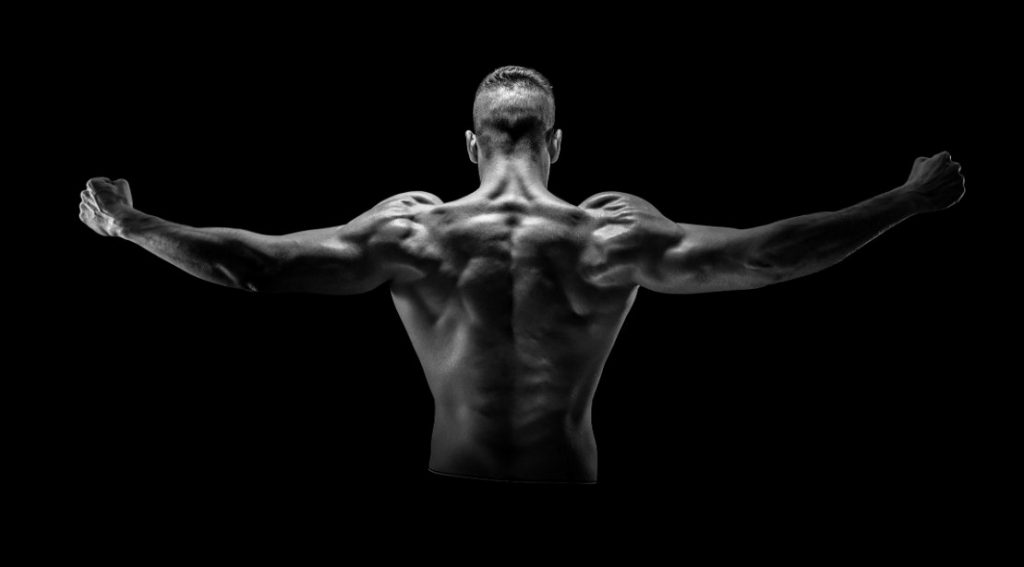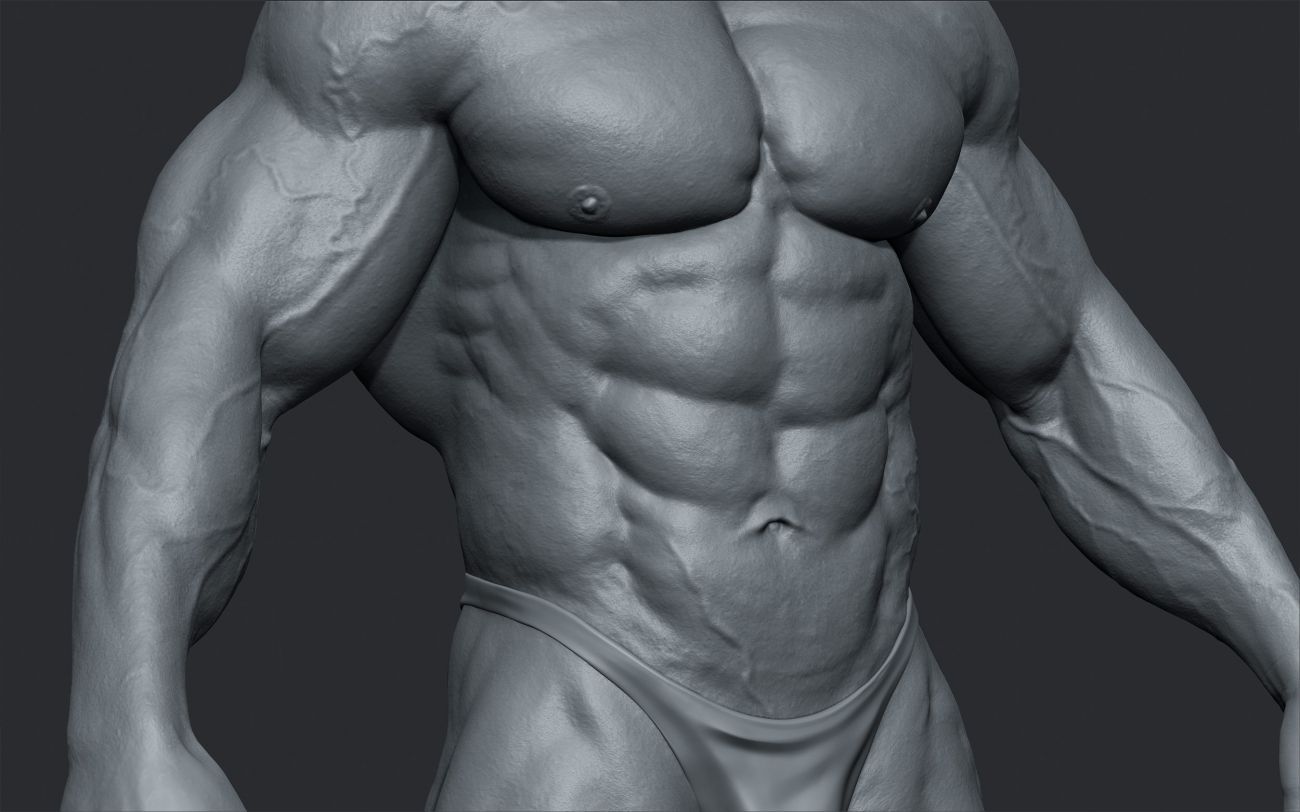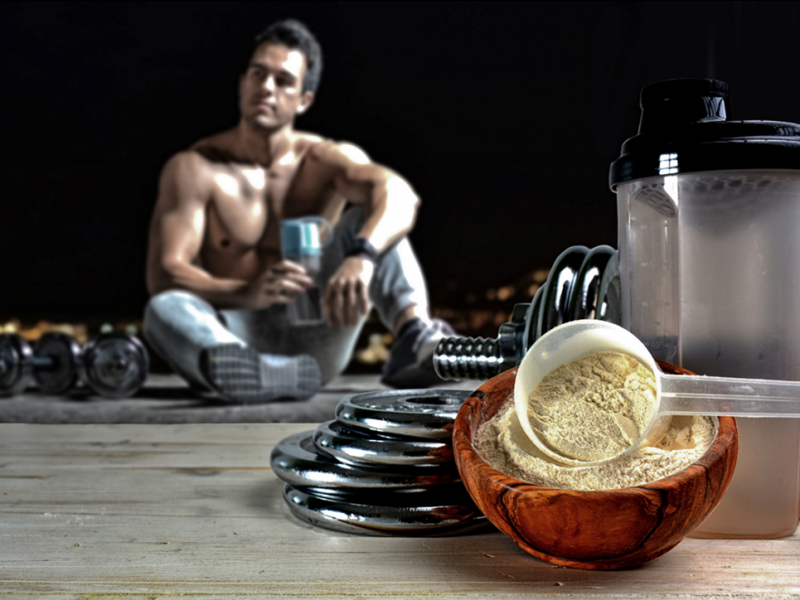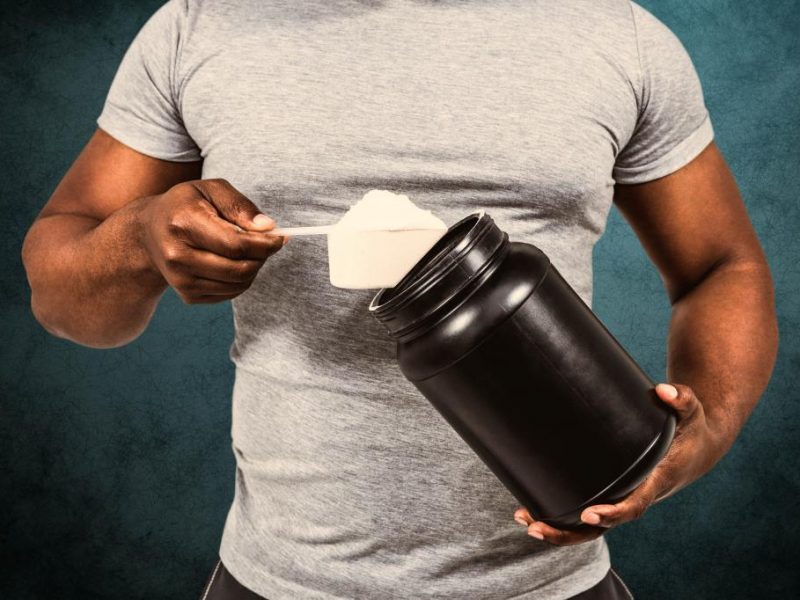There are many strategies to correct lagging muscles or lagging; experts believe in a logical and systemic approach, what does Raúl Carrasco think?
One of the most frustrating things athletes encounter when seeking to progress is discovering their back muscles .
Initially, everything seems to change and responds to training relatively well, except there is one area that just doesn’t seem to change at all. This is one of the main problems of bodybuilders and, it is not always at hand for the coach to develop solutions.
It is almost logical to think that if you train the whole body equally with the same volume, concentration and intensity, everything should respond in the same way, but this is simply not the case.
Most people have a stubborn or lagging body part, however, just because it’s common doesn’t mean it’s a necessary frustration.
Other than genetic differences in muscle length and shape, honestly, there should be no reason for this to happen.
In fact, if you employ some techniques for back muscles , you will find that they respond much faster than before, and maybe even as well as the rest of your body.
Muscles lagging : why?
The main reason a specific muscle is unresponsive is a lack of connection;
- By performing the most effective muscle-building compound gross motor movements (exercises that use more than one joint such as squats or bench presses), you are invoking and activating many muscle groups.
- For example in the case of the bench press, although I could tell you that the pecs are the main engines of the bench press, the shoulders and triceps also contribute significantly to the exercise.
The problem with compound movements is that your brain does not know that you are trying to “stimulate or work a group of muscles”. All you understand is “lift this weight from point A to point B” and you will do it IN THE MOST EFFICIENT AND EFFECTIVE WAY that you know of.

In other words, your brain receives the signal to lift and chooses the best way it knows, which is often the way it uses the weak body part.
Going back to the bench press;
- If your chest is a weak and backward body part, it is likely to be used much less than you would like it to be used.
- Even though the bench press is one of the best chest building exercises in the world, if your brain knows that your chest is weak, it will turn to your shoulders and triceps to do the job.
If you do this enough times and you will develop a “muscle recruitment pattern” that will become the default way to bench press.
In this scenario, you get stronger and stronger in this predetermined pattern and your back muscles , which are the pectorals, will lag more and more behind.
Muscles with lagging : first, the fibers
To have a better overview of the reality of all scenarios, Raúl Carrasco shows us what happens with twins (the calves), which is the gastrocnemius / sÓeo muscle complex.
When analyzing how to work the back muscles , in this case, it delimits the gastrocnemius of the soleus, because there is a difference in the type of fiber that makes up these two parts:
- The gastrocnemius is mainly made up of more power fibers (white).
- The soleus, which is rather a part, a stability muscle; it is made up of more red fibers.
This is important to know at the time of how to train them and, this is transferred to the other muscle groups.
How to work the soleus:
For stability muscles, such as the obliques or soleus, they work or develop with a long time under tension; Slow movements, high repetitions, with times under tension in series of 60-70 seconds and even 90 seconds serve.
Here Raúl Carrasco uses Rest-Pause;
- Solos are worked with slow movements.
- When you go for 20-25 repetitions, it already weighs you down and burns you.
- So, you pause for 2 seconds and you can keep giving it, you can keep running that time under tension.
For the soleus this is great, because you can give it a lot of time under tension, with small pauses that will help you to inhibit that lactic acid that could be the one that prevents you from continuing to stimulate the muscle.
How to work the gastrocnemius:
This muscle is identified as having more power fibers (white); They are muscles that work harder or are designed to flee from danger, symbolizing ballistic movements.
- You have to work them with greater weights.
- It has higher movement speed.
- The time under tension would go between 20, 30 or 40 seconds.
- You will have more rest time between sets.
Delayed muscles : the stimulus
In this context, Raúl Carrasco explains some things that make sense, but that are remarkable when working the back muscles .
The soleus:
- Less weight.
- More time under tension.
- Slow and controlled movements, especially sitting.
- Between sets, less rest time (40 to 60 seconds maximum) will be enough to create more metabolic stress.
The gastrocnemius:
- Maximum weight.
- Less time under tension.
- Power ballistic movements, especially standing.
- Between sets, a maximum of 2-3 minutes will suffice for maximum recovery to be able to pull with the maximum weight.
In all cases, if the back muscles do not grow it is for something; So, before observing the tips and practices, the first points to put into practice is to know what type of muscle fibers they are made of.
Feed your muscles at the exact moment
Muscles lagging : the frequency
Continuing with his example, Raúl explains that above all, both the gastrocnemius and the soleus are body parts that need a lot of frequency (2-3).
In the case of those blessed with calves, they may only need to train a frequency 1, but better more frequently because the calves are very strong, which in the end end up adapting to a high demand for work (such as the glutes) .
That would come first, for any of the back muscles ; If you see that they are not developing or you are not meeting your goal, then start entering frequency, frequency 2, frequency 3, even frequency 5.
But be patient, don’t go to do this for 4 weeks and say “it doesn’t work for me, I’m going to start doing it frequently”.
You need patience and you need the muscle to give it a long time to adapt, and this can be three months; sometimes it can take you 1 year to know what happens to any of the back muscles .
For example, if your biceps does not grow and you have been working hard in the gym for 3 months, you should periodize differently and implement a variant, a different frequency to give more stress to that muscle, so that it is stimulated .
Muscles lagging : time is key
When you prepare an athlete, you obviously need time; During this time, you analyze back muscles and other variables.
- Volume Period: 2 weeks (15-20 days), normally; where we must analyze that insulin sensitivity is fine, taking into account the metabolic flexibility, check the visual appearance and make a contrast with the weight and perhaps fat measurements.
- Time of definition: reports are analyzed every week
- Time of competition: reports are analyzed every 48 hours, or load days every 24 hours.
Below is the explanatory video by Raúl Carrasco on this topic, which in addition to being exciting, is critical when it comes to achieving both physical and psychological progression
Muscles behind : what about science?
Now we analyze things from the point of view of sports science, which has some arguments about back muscles.
This time we will not talk about a specific study that shows us which are the variables in training that you must take into account such as periodization, the way you train or what is related to the stimulus that you must give to your back muscles , which Raúl Carrasco cited very well.
What you should keep in mind is the principle of biological individuality that, according to a specific study, tells you that in order to find the symmetry you are looking for, you should search and find a training and diet scheme that works for you. (1).

Time will tell you if it was effective, so stick with it and don’t change. Remember that our muscles, including yours, need time to adapt and, for this you must be patient, have the right motivation and provide your body with the right nutrients at the right time so that you can fully recover especially (2).
Protecting your joints is always crucial
In addition to this, we share what two great bodybuilders tell us about back muscles
The opinion of Jimmy Atienza that speaks to us of instead of relating backward muscles to genetics, tells us that we have to treat them like our children, from taking care of them and even loving them.
The opinion of Rober Castellano is to work them in a more isolated way, taking into account the first hypothesis that we speak. This means from putting in isolated exercises for those muscles, to priming them (isolating them with pump work) before doing a compound exercise.
In both cases it has to do with the muscle fibers and the origin of where the muscles are inserted as Raúl Carrasco tells us, but Rober adds that when it has to do with genetics, those back muscles are the ones that have the most stiffness, they are those who are injured the most and therefore require a well-determined job.



